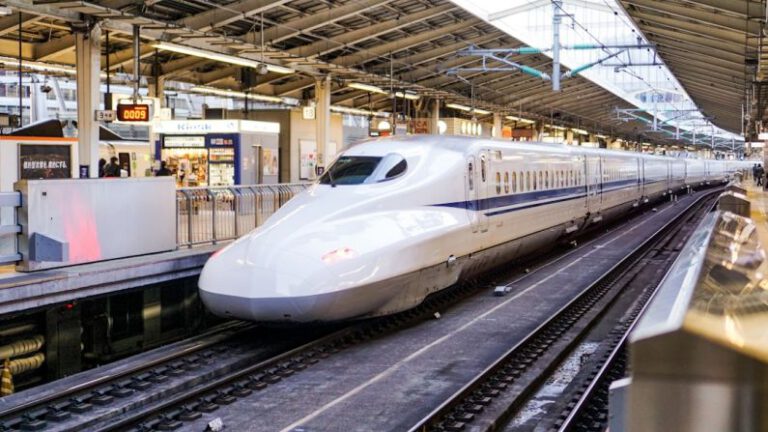Power from the Gutters: the Potentials of Urban Hydropower Systems
Urban Hydropower Systems: Harnessing Power from the Gutters
Urban areas are often bustling hubs of activity, with towering skyscrapers, busy streets, and a constant flow of people. Amidst this chaos, there lies a potential source of renewable energy that is often overlooked – urban hydropower systems. These innovative systems have the capability to harness the power of flowing water in urban environments, offering a sustainable solution to meet the growing energy demands of cities around the world.
The Untapped Potential of Urban Waterways
In many cities, water is channeled through a network of gutters, storm drains, and sewers to prevent flooding and keep streets clear. However, this water flow can be harnessed to generate electricity through the use of urban hydropower systems. By installing turbines in these waterways, the kinetic energy of the flowing water can be converted into electrical power, providing a clean and renewable energy source for urban areas.
The Benefits of Urban Hydropower Systems
One of the key benefits of urban hydropower systems is their ability to generate electricity without producing harmful emissions or pollutants. Unlike traditional fossil fuel power plants, hydropower systems rely on the natural flow of water to produce energy, making them a clean and sustainable alternative. Additionally, these systems can help reduce the reliance on non-renewable energy sources, contributing to a more environmentally friendly energy mix.
Another advantage of urban hydropower systems is their versatility and scalability. These systems can be installed in various locations throughout a city, from small streams and rivers to larger waterways, allowing for flexibility in design and implementation. Additionally, the modular nature of hydropower systems makes them easy to expand or adjust based on the energy needs of a particular area, making them a cost-effective solution for urban energy generation.
Challenges and Considerations
While urban hydropower systems offer numerous benefits, there are also challenges and considerations that need to be addressed when implementing these systems. One of the main challenges is ensuring that the installation of hydropower turbines does not disrupt the natural flow of water or impact local ecosystems. Careful planning and design are essential to minimize the environmental impact of these systems and ensure their long-term sustainability.
Additionally, the upfront costs of installing urban hydropower systems can be a barrier for many cities looking to adopt this technology. However, the long-term benefits of reduced energy costs and lower carbon emissions can outweigh the initial investment, making hydropower a viable option for sustainable urban development.
The Future of Urban Hydropower
As cities around the world look for ways to reduce their carbon footprint and transition to renewable energy sources, urban hydropower systems offer a promising solution. By harnessing the power of flowing water in urban environments, these systems can provide clean and sustainable energy for years to come. With advancements in technology and a growing focus on sustainability, the potential of urban hydropower systems is only beginning to be realized.
In conclusion, urban hydropower systems have the potential to transform the way cities generate electricity and meet their energy needs. By tapping into the power of flowing water in urban waterways, these systems offer a clean, renewable, and scalable energy solution for urban areas. With careful planning and consideration, urban hydropower systems can play a key role in building a more sustainable future for cities around the world.






